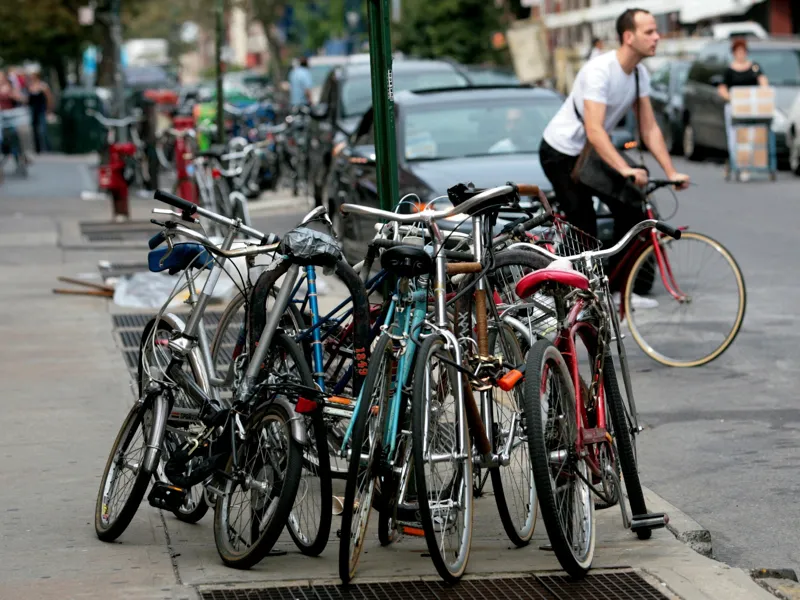It is a cyclist’s worst nightmare – you come back to find your back is gone. This is not a new problem, but despite efforts to produce better locks and tracking system it isn’t a one that is going to be easily solved.
The biggest question is why does it happen? Many cyclists who have to leave their bikes unattended use locks or some other method to secure the bicycle, but in fact this isn’t something everyone does. Today far too many riders simply leave their bikes unattended and hope for the best.
“I don’t know if it’s about being too trusting, or about not really understanding how to protect one’s bike,” said Rick Bernardi of BicycleLaw.com. “It is probably true that bike thieves understand the habits of bike owners better than bike owners understand the techniques of bike thieves. We know that most thefts are the result of not taking the proper steps to protect the bike from theft. By understanding how the vast majority of bikes are stolen, cyclists can take some simple steps to protect their bikes from thieves.”
According to research from BicycleLaw.com, somewhere between 800,000 and 2 million bicycles – worth in excess of $50 million – are stolen each year. In fact, the exact number is hard to determine because most bike theft is never actually reported to law enforcement, and worse while 48 percent of stolen bikes are actually recovered by law enforcement only five percent are ever returned to their owners.
Bicycle theft has also increased as more people cycle, and this in turn has created an environment where some people opt not to cycle out of fear that their bike might be stolen. This is coupled by the fact that clearance rates for bicycle theft remain low.

A report from the United States Department of Justice highlights this problem: “In the United States, 18.3 percent of incidents of larceny-theft were cleared by arrest, but this figure (which includes all categories of larceny) is likely to be a gross overestimate of the arrest rate for bicycle theft.”
Another part of the problem as noted in the D.O.J. study is that identifying suspects is tough because there is little relationship between the victim and perpetrator, but moreover because the proof of ownership is lacking. This means that even if the police find the bike there isn’t the proof that the bike was in fact stolen.
“Less than five percent (of stolen bicycles) are returned to their owners due to lack of a way to match the recovered bike to the owner,” Mariya Funcheon, corporate programs manager at the National Bike Registry, told BikeRadar. “What this means is that police often have no way to identify the owner and most recovered bikes end up sold at auctions.”
By contrast, Funcheon said, every time a police officer has recovered a bicycle that was in the National Bike Registry database, it has been returned to the owner.
Funcheon advises that all bicycle owners who must leave their bikes unattended use a bike lock but also register it with a national system such as the National Bike Registry. These systems are used to record the serial number, description of the bike and even a tamper-proof identification. If the bike is stolen, and recovered, this allows the bike to be reconnected with its owner.
She added that the NBR labels themselves can serve as a theft deterrent as studies indicate that thieves are less likely to steal marked property.
Additionally, techniques such as “camouflaging an expensive bike,” are often suggested, as are keeping records that include where the bike was purchased, and even just photos are helpful.
But it still comes down to locking the bikes even when off it for just a minute.
“Many thefts are crimes of opportunity,” said Bernardi. “Somebody leaves their bike unlocked for ‘just a minute’ while they go into the store, or wait in line for coffee, and a few seconds is all the time a bike thief needs to hop on and ride away. Even if you’re watching the bike from a few feet away, a thief may attempt to take the bike. If the bike is locked, these crimes of opportunity can be prevented.”